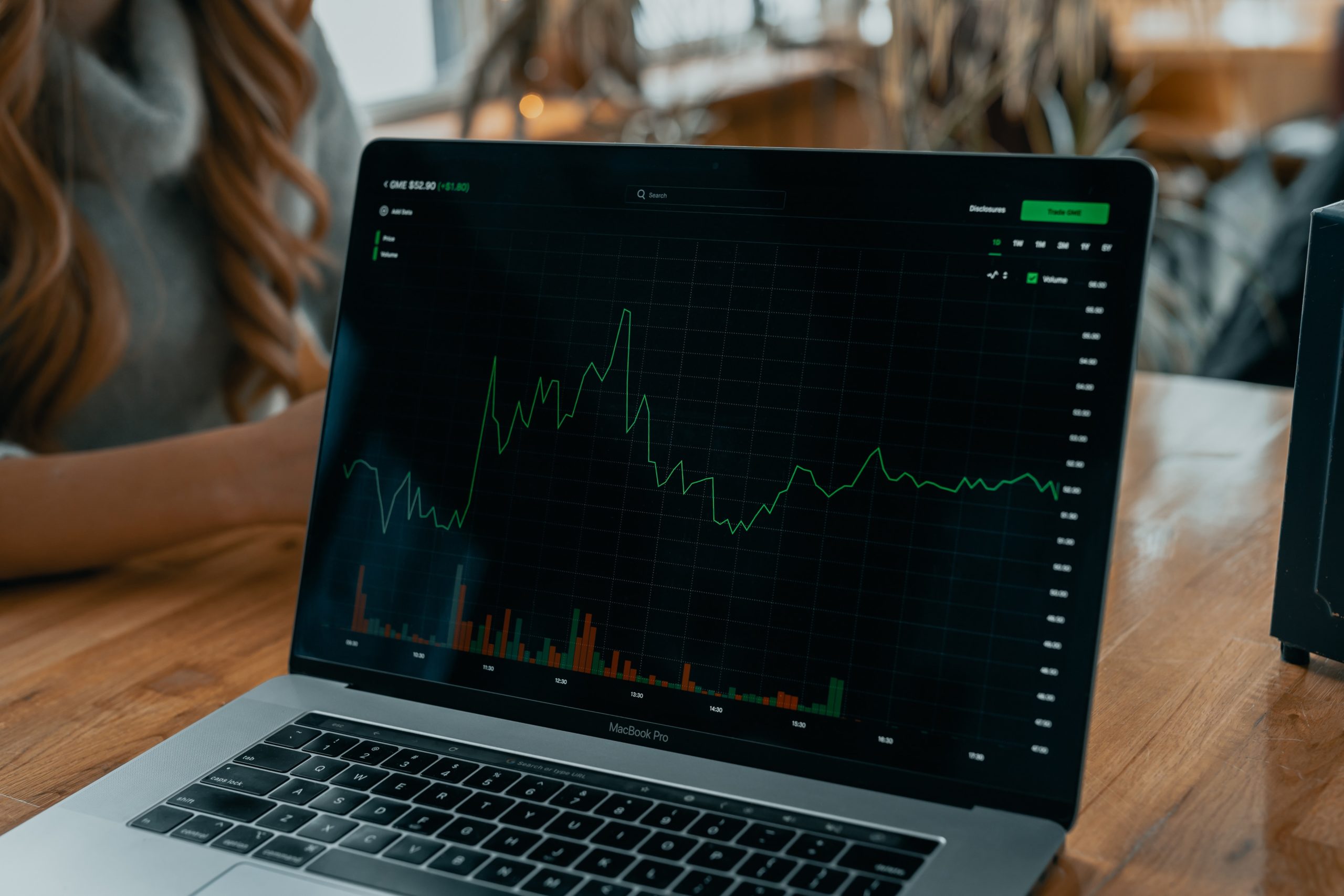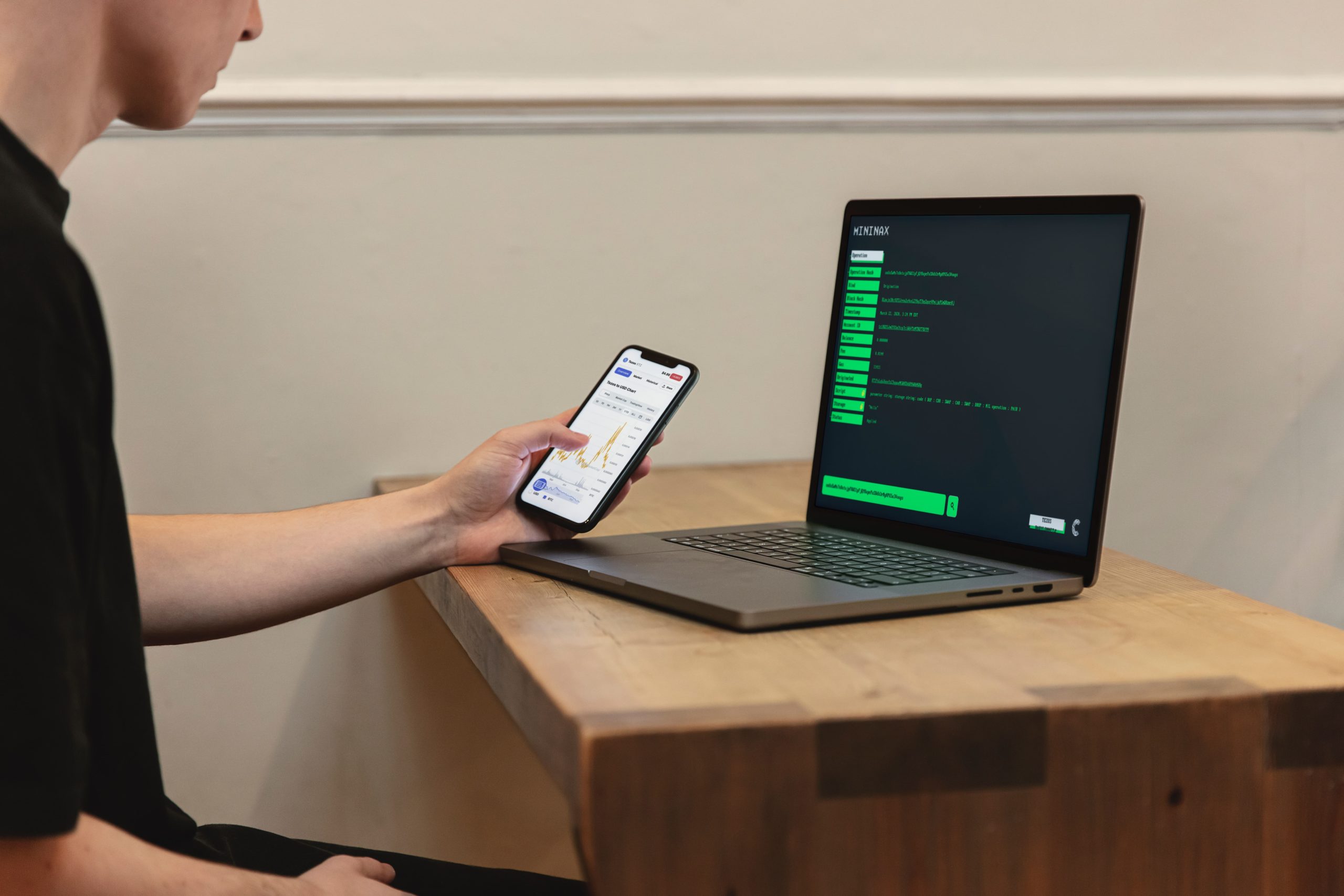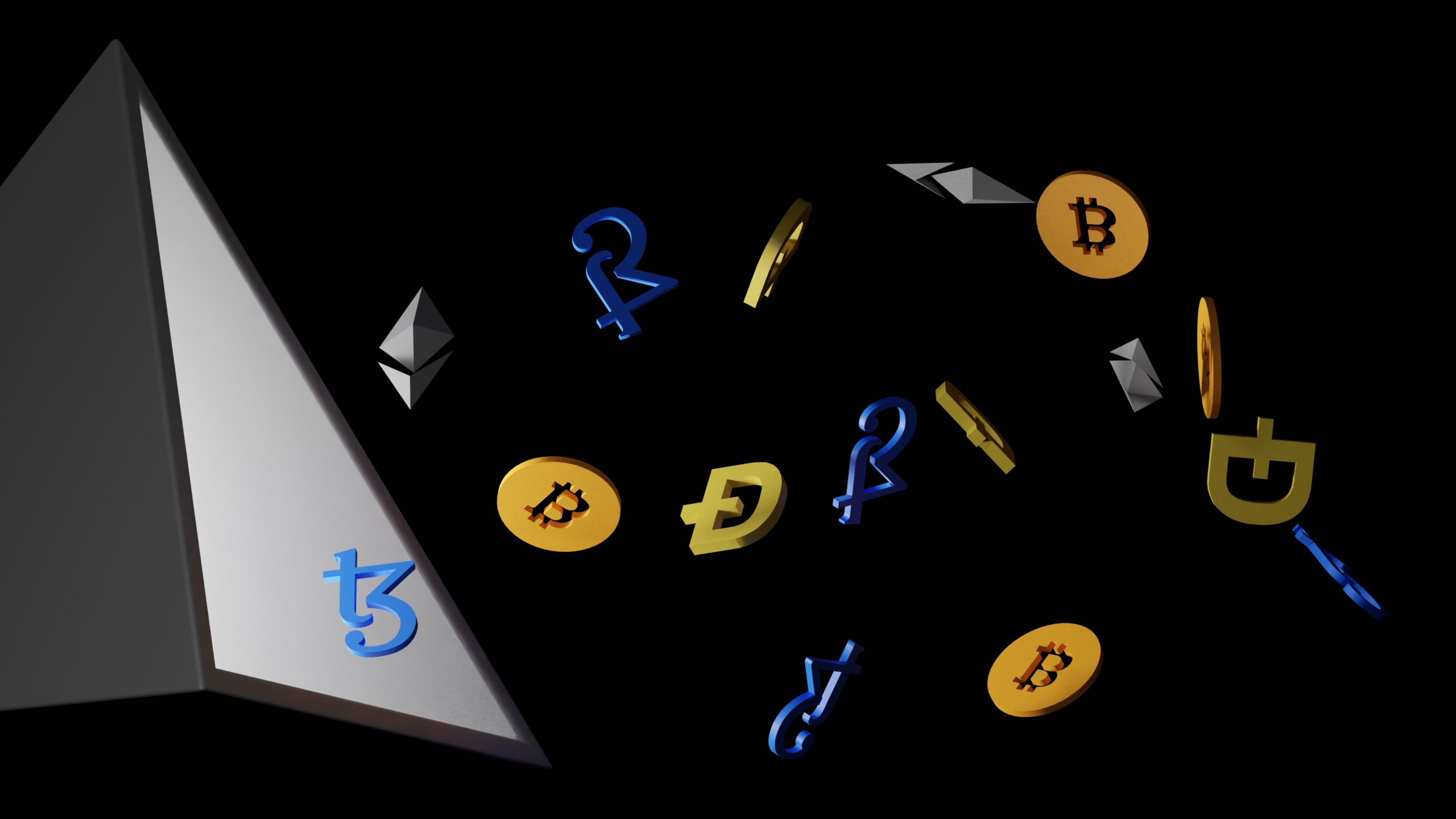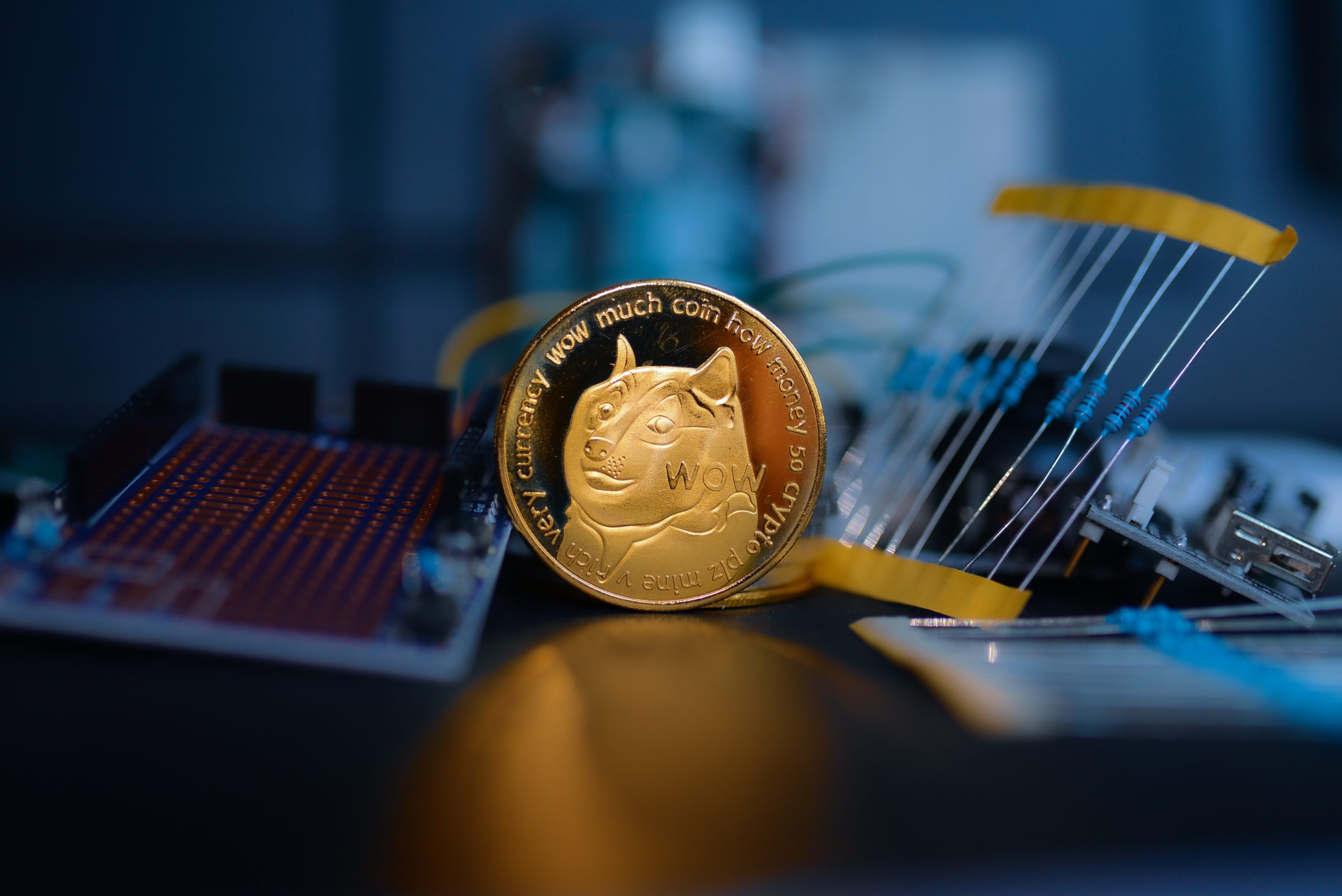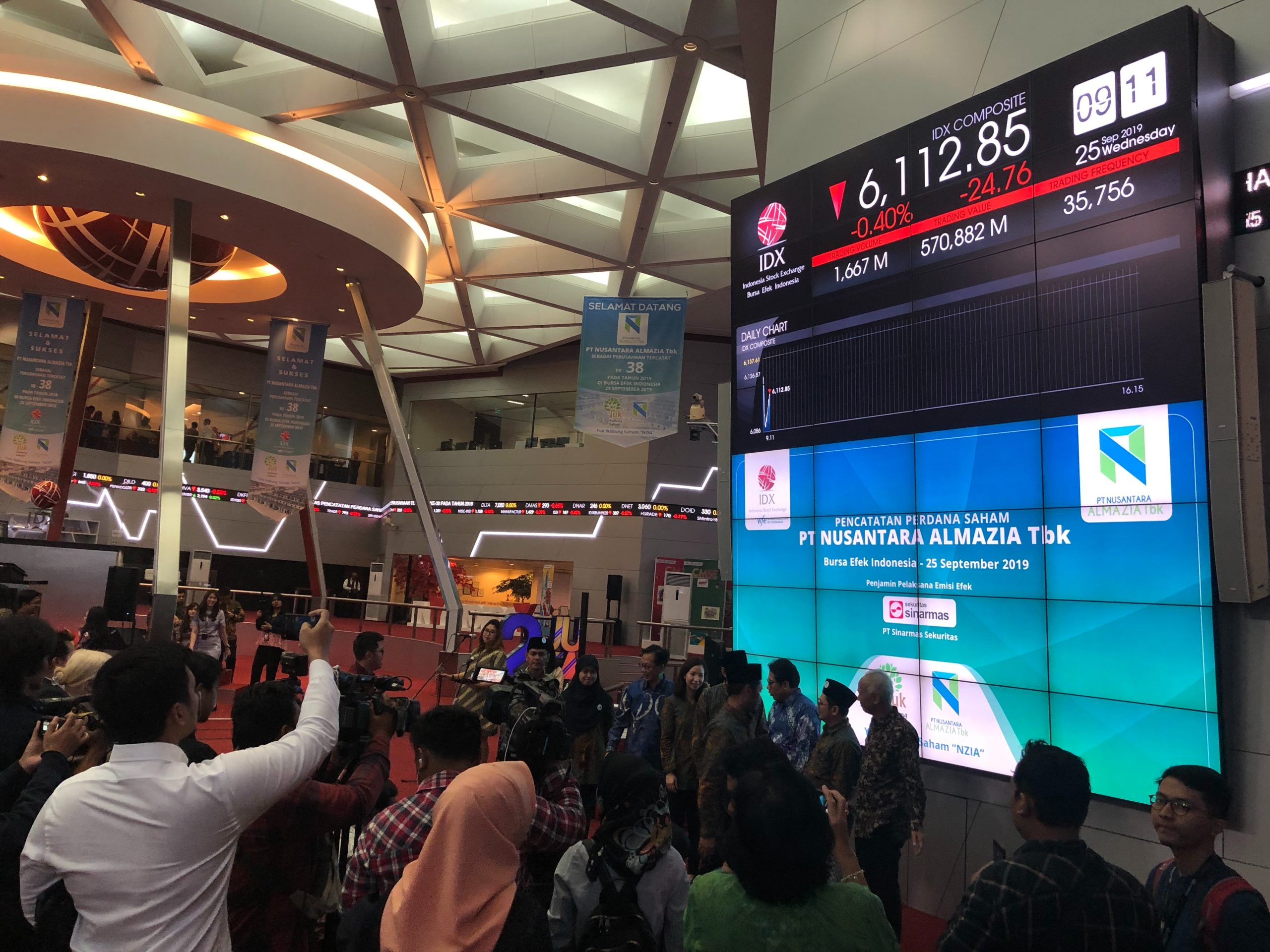It can be tricky when it comes to moving funds across countries or continents because of the cost of transfers, the currency exchange risks, and also the length of time it takes for the money to be delivered to the target individual. However, sending money from Asia to Australia is not different in this case and hence, there is a need to put into consideration various aspects concerned with the transfer of the money. When looking to find out how to send money from Asia to Australia, an individual needs to follow simple and easy steps which include; finding a trusted provider, registering with the particular chosen provider, and then transferring the money. When transferring funds from Asia to Australia, there are various ways to easily send the money and it will largely depend on the provider that an individual decides to use.
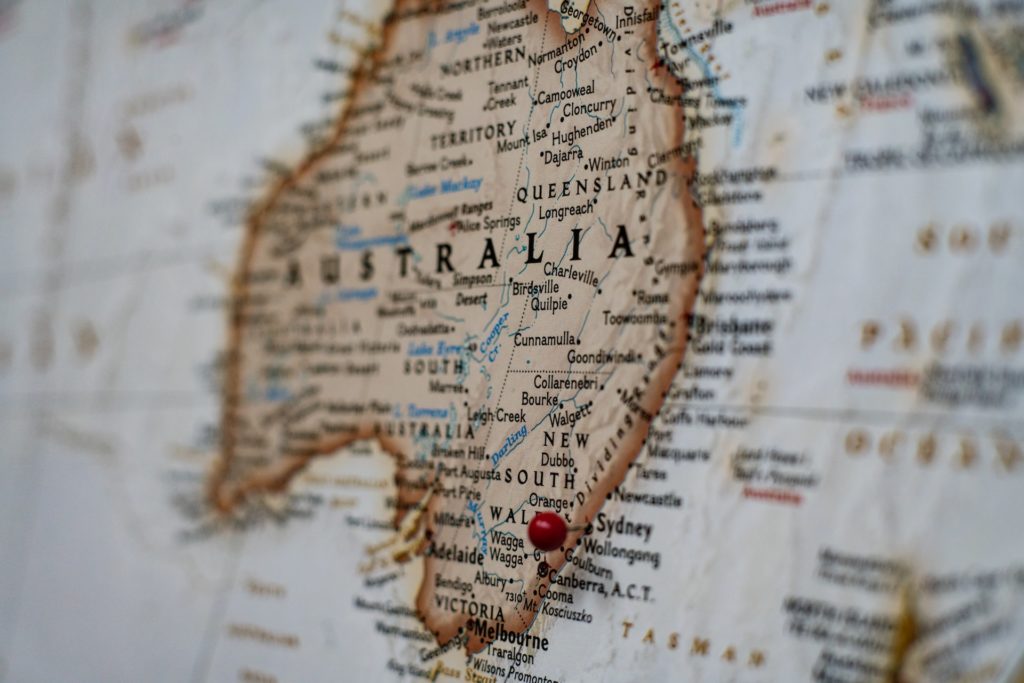
The most widely-used channels
These are the most frequently used transfers:
International Wire Transfers
Over time, banks have to a great extent been the traditional channel for sending money to Australia. The aspect which makes it attract most people is the ability and safety to transfer high-value money amounts to the recipients in ‘the land Down Under. However, there are various challenges, which come with bank transfers. For instance, the cost of transfers tends to be still high despite some banks having signed agreements with Australian banks. Therefore, when planning to send money to Australia it is essential to consider if a bank transfer is the cheapest way for them to send money to Australia.
Money Transfer Services
Money transfer operators (MTOs) tend to offer the best ways of sending money to Australia from Asia. They usually leverage their particular extensive network to grant individuals affordable, convenient, and fast options for sending money. Some of the providers that individuals can use are:
- Transferwise.
- WorldRemit.
- Xoom.
- Ria.
- MoneyGram.
- Western Union.
One has to sign up online for an account, select their sending method, pay for the transfer, and then send the money. There involve three main ways of paying for the transfer, which: Bank debit or transfer: It is the cheapest method but usually takes longer to effect transactions
Credit card: It is the fastest way, but tends to be a little pricier due to third-party fees
Debit card: It is the best alternative to a credit card and combines low-cost and speed transactions.
Notably, the money transfer services to Australia from Asia can be bank transfers or cash pickups, and this depends on the preferences of an individual. The bank transfers are done on MTO (Money transfer operators) platform directly to the bank account of the recipient. They are usually cheaper and faster than interbank transfers, and most providers support all 53 Australian banks.
Duration of the money transfers
MTO to the bank transfers can take approximately up to two days, but whenever transferred in Australian dollars (AUD), the recipient gets the money within 24 hours. With Cash Pickup, one can send money through payout networks of various providers. The Cash pickups are instant, especially in the case the transfer is paid using a credit or debit card. Additionally, when sending money from Asia to Australia, one needs to check whether they have all the required things by the provider since the Australian government is so strict on money laundering. They have a law, which is known as the Anti-Money Laundering and Counter-Terrorism Financing Act 2006. The information, which you will need to stay from Asia to Australia, includes;
- Government-issued identity card.
- Amount of money you want to send.
- Recipient’s name as it appears on their official documents, such as Australian citizenship certificate, and Medicare card.
- Physical address and phone number of the recipient.
- When making the bank transfer, one has to give the BIC/SWIFT code, account number, and the BSB (Bank-State-Branch) number.
- Notably, other providers can request additional information such as the relationship with the recipient, purpose, and the source of the money.


